Scientists have not yet found the exact cause of excessive sweating (hyperhidrosis) but it is believed to be related to genetic factors. It is known that excessive sweating occurs due to overactivity in the sympathetic nervous system.
Hand sweating or palmar hidrosis is caused by abnormal activity of sympathetic ganglia situated in the upper part of the chest cavity. Overactive sympathetic ganglia located in a section of the lumbar sympathetic chain causes sole sweating or plantar hyperhidrosis.

- Epidemiological studies have found a PH prevalence ranging from 2.9% to 9% in the populations studied; therefore, this disease is not a rare event.
- The magnitude of the losses in quality of life is comparable to conditions such as severe psoriasis, kidney failure and end-stage rheumatoid arthritis.
- The study enrolled 447 medicine students of the State of Sergipe, 63 of them (14.09%) from UNIT and 384 (85.91%) from UFS. Of these, 225 (50.34%) were men and 222 (49.66%) were women, with age ranging from 18 to 52 years old (mean 23.04; SD=3.808). Participants were: 191 (42.74%) white; 232 (51.9%) brown; and 24 (5.36%) black.
- In 47 (71.21%) of patients with the disease, the episode of excessive sweating occurs at least once during the week; in 50 (75.76%), excessive sweating is bilateral; 52 (78.79%) states that the aggravation of the condition is related to stress.
- Of the participants, 25 (37.9%) claimed some sort of impairment in daily activities, whether in mental, study, work or social order.
- Although PH is not a rare disorder and it has very negative impacts on the life of patients, only 22.72% of medicine students in the State of Sergipe were diagnosed by a physician. This fact is probably due to the small value or little knowledge of this impairment by health professionals.
Types of Excessive Sweating
Excessive sweating can be divided into two main types: generalized hyperhidrosis which affects the entire body and focal hyperhidrosis which affects specific areas of the body.Generalized Hyperhidrosis
Generalized hyperhidrosis is characterized by excessive sweating all over the body. Extremities, the trunk, and the face may be affected. Generalized hyperhidrosis is usually a sign of some underlying medical problem. The condition is in most cases associated with medical conditions such as obesity, diabetes, rheumatoid arthritis, febrile illness, cancers such as lymphoma and leukemia, thyroid problems, heart failure, and other health problems.
When the cause of excessive sweating cannot be identified hyperhidrosis is termed idiopathic, which means unknown. Excessive sweating in the upper part of the body is often seen in elderly patients, particularly elderly women. This type of sweating can result from a combination of several factors such as the aging process, hormonal changes, weight gain, and inactivity. However, the cause of such sweating is not known thereby it is hard to provide adequate treatment.
Focal Hyperhydrosis
This type of excessive sweating affects specific parts of the body. Those are most commonly the hands, feet, and armpits. The head, face, and groin may also be affected. The cause of focal hyperhidrosis is usually hereditary.
Excessive hand sweating was once believed to be caused by overactive thyroid gland but it is now known that it results from an overactive sympathetic nervous system. Focal hyperhidrosis is not related to illness or the use of certain drugs.
Hand and feet hyperhidrosis usually starts in childhood while underarm hyperhidrosis commonly begins with puberty. When hyperhidrosis develops, an affected person sweats all the time regardless of the weather, physical activity, and emotions.
Treatment of Excessive Sweating
Before choosing appropriate treatment, a doctor must identify the cause and triggers for excessive sweating. Usually, the treatment includes over-the-counter antiperspirants, particularly those containing aluminum chloride, and prescription-strength antiperspirants that contain aluminum chloride hexahydrate.
Oral medications can also help to reduce sweating. Iontophoresis involves the use of low-level electricity to disable the sweat glands. Injections of Botox can be used for underarm hyperhidrosis. Surgical treatment is also an option and the procedure is known as endoscopic thoracic sympathectomy (ETS).







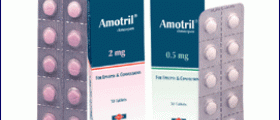
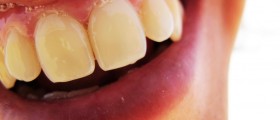

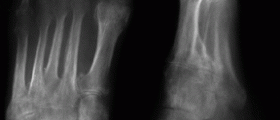


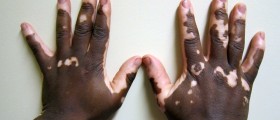
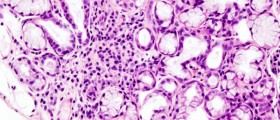


Your thoughts on this
Loading...